Spontaneous and evoked angiotensin II sniffer cell activity in the lamina terminalis in vitro
- PMID: 39133776
- PMCID: PMC11563642
- DOI: 10.1152/ajpregu.00227.2023
Spontaneous and evoked angiotensin II sniffer cell activity in the lamina terminalis in vitro
Abstract
Angiotensin II (ANG II) has been shown to have central nervous system effects. Although tissue renin-angiotensin systems (RAS) have been demonstrated in multiple tissues, the existence of a brain RAS is still a matter of debate. These studies test for angiotensin release from brain slices prepared from adult male Sprague-Dawley rats and male and female renin knock-out rats using Chinese hamster ovary cells modified to express both the angiotensin II type 1 receptor and a fluorescent calcium indicator. Sniffer cells were placed on the slices and calcium transients were measured from those located on or adjacent to the median preoptic nucleus with and without stimulation of the subfornical organ. Bath application of tetrodotoxin (1 µM) significantly attenuated spontaneous events while abolishing evoked sniffer cell activity. Bath application of dl-AP4 (10 µM, glutamatergic antagonist) did not affect either spontaneous or evoked release. Incubating the slices with fluorocitrate to inactive astrocytes did not influence sniffer cell activity in the MnPO. Pharmacological experiments indicate that ANG II release is largely both renin (aliskiren 10 µM) and ACE-1 (captopril 100 µM) dependent. However, experiments with brain slices prepared from male and female Renin knock-out rats suggest that alternative synthetic pathways may exist. Finally, these studies demonstrate that increases in ANG II release are observed following 7 days of chronic intermittent hypoxia. These studies suggest the existence of a tissue-specific RAS in the brain that involves canonical and alternative ANG II synthetic pathways and is upregulated in an animal model of sleep apnea.NEW & NOTEWORTHY These studies used Chinese hamster ovary cells that were cloned to express an angiotensin receptor (At1ra) and a calcium indicator (R-GECO) to detect the release of angiotensin from brain slices containing the lamina terminalis of rats. Some of the experiments use tissue from renin knockout rats. The results support the existence of an angiotensin system in the brain that may involve alternative synthetic pathways and is upregulated by intermittent hypoxia.
Keywords: angtiotensin; circumventricular organ; hypertension; hypothalamus; peptide.
Conflict of interest statement
No conflicts of interest, financial or otherwise, are declared by the authors.
Figures
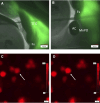
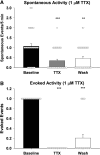
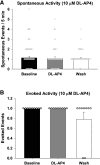
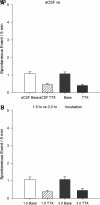
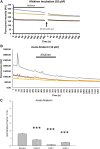
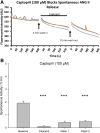

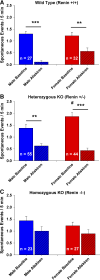

Similar articles
-
Sniffer cells for the detection of neural Angiotensin II in vitro.Sci Rep. 2019 Jun 19;9(1):8820. doi: 10.1038/s41598-019-45262-4. Sci Rep. 2019. PMID: 31217439 Free PMC article.
-
Effect of NMDA-induced lesion of the subfornical organ on the angiotensin II binding sites density and acetylcholinesterase or NADPH-diphorase activities in the lamina terminalis of the rat brain.Cell Mol Neurobiol. 2001 Feb;21(1):81-90. doi: 10.1023/a:1007125413308. Cell Mol Neurobiol. 2001. PMID: 11440200 Free PMC article.
-
Severe food restriction activates the central renin angiotensin system.Physiol Rep. 2020 Jan;8(1):e14338. doi: 10.14814/phy2.14338. Physiol Rep. 2020. PMID: 31925945 Free PMC article.
-
Angiotensin, thirst, and sodium appetite.Physiol Rev. 1998 Jul;78(3):583-686. doi: 10.1152/physrev.1998.78.3.583. Physiol Rev. 1998. PMID: 9674690 Review.
-
Kidney Renin Release under Hypoxia and Its Potential Link with Nitric Oxide: A Narrative Review.Biomedicines. 2023 Nov 6;11(11):2984. doi: 10.3390/biomedicines11112984. Biomedicines. 2023. PMID: 38001984 Free PMC article. Review.
References
-
- Ahmad H, Khan H, Haque S, Ahmad S, Srivastava N, Khan A. Angiotensin-converting enzyme and hypertension: a systemic analysis of various ACE inhibitors, their side effects, and bioactive peptides as a putative therapy for hypertension. J Renin Angiotensin Aldosterone Syst 2023: 7890188, 2023. doi:10.1155/2023/7890188. - DOI - PMC - PubMed
MeSH terms
Substances
Grants and funding
LinkOut - more resources
Full Text Sources
Miscellaneous

